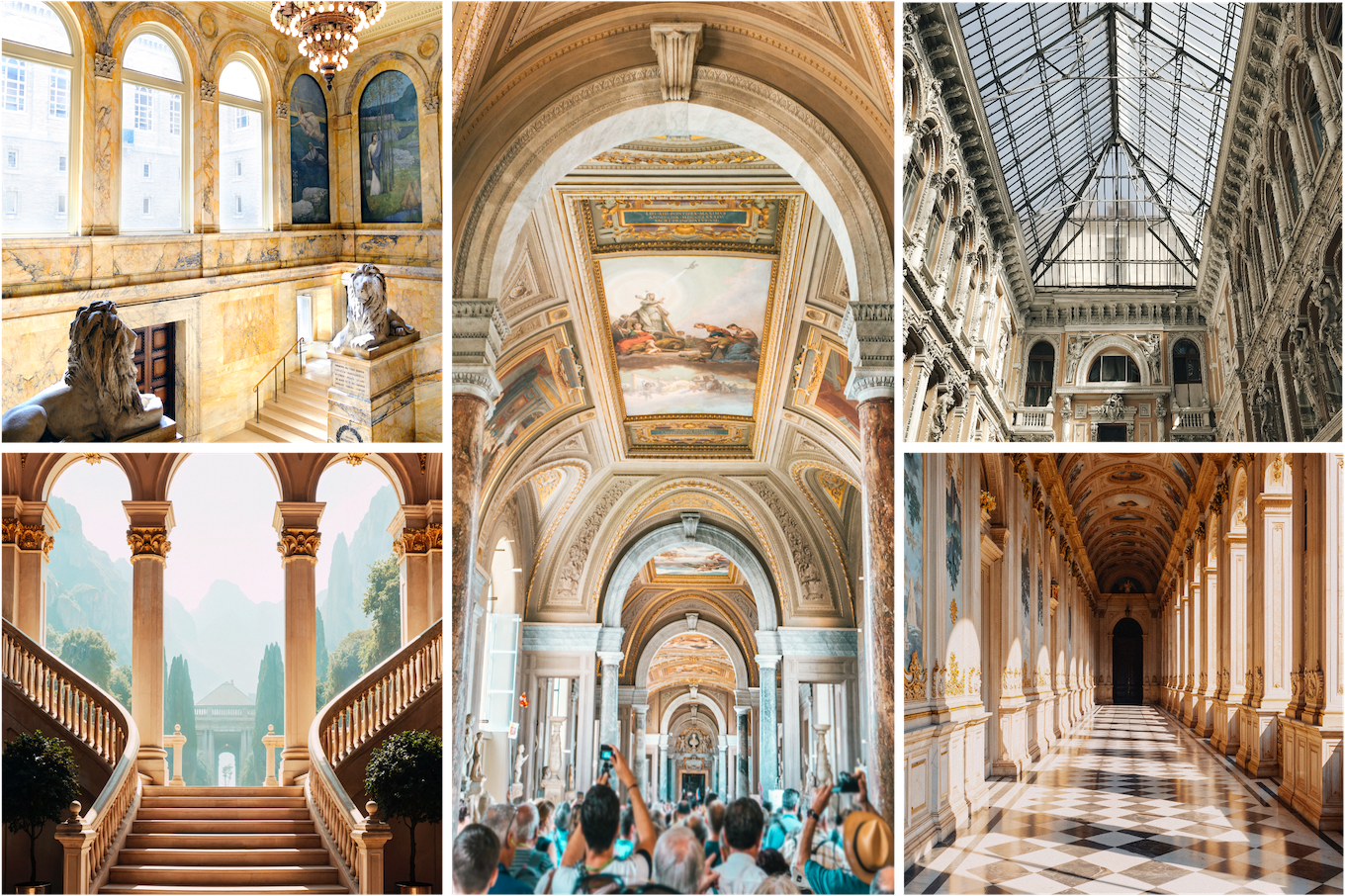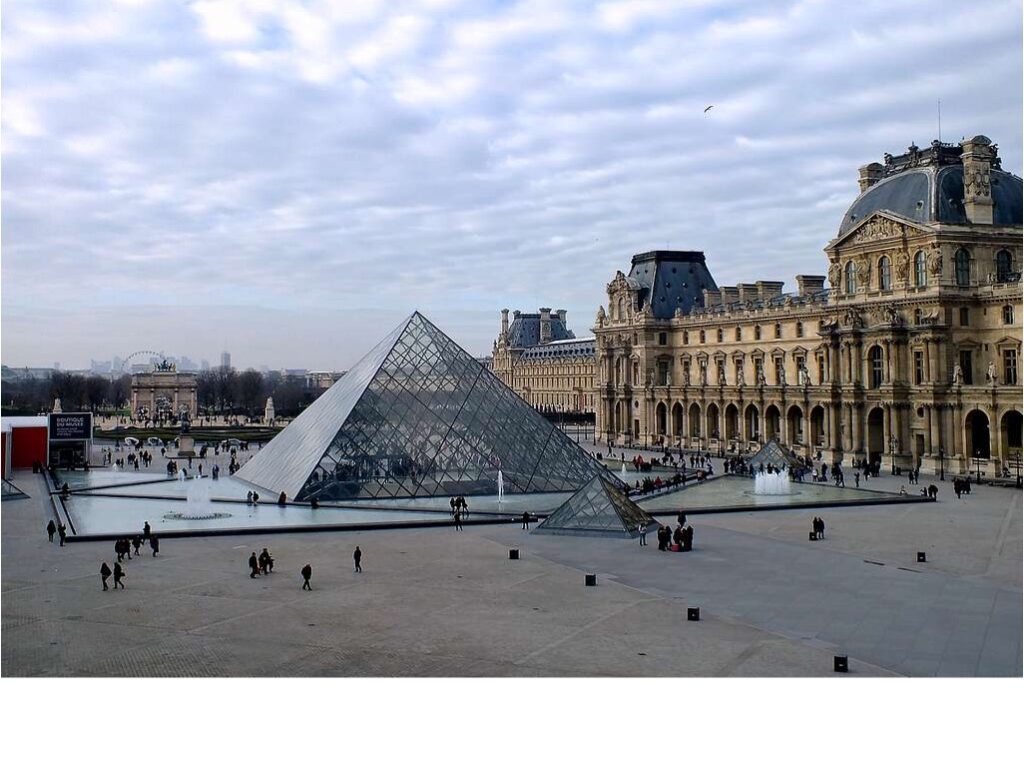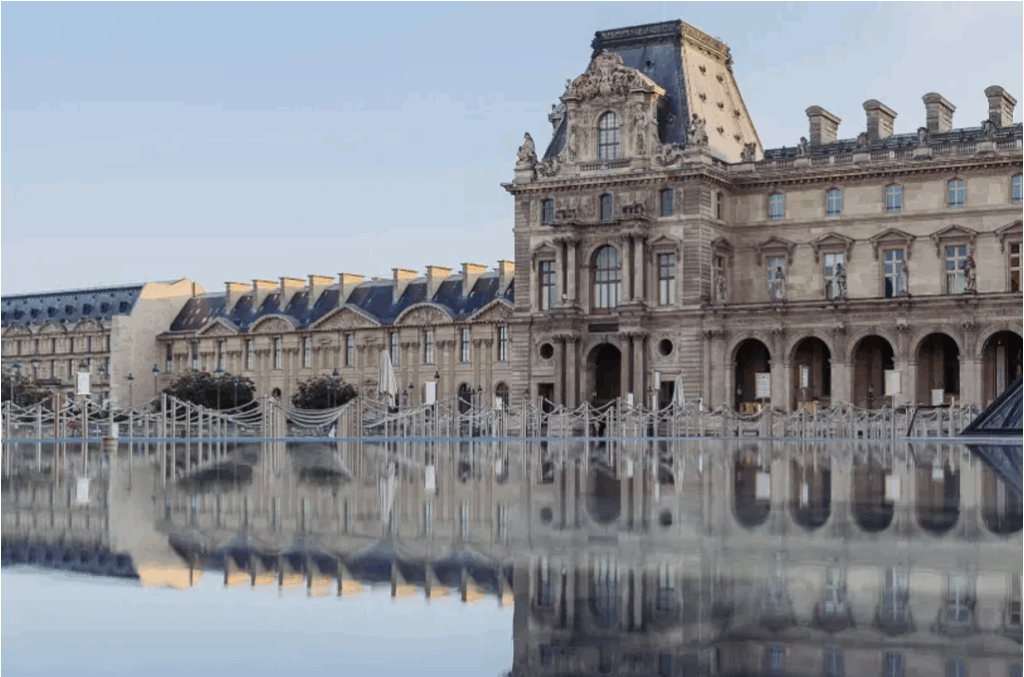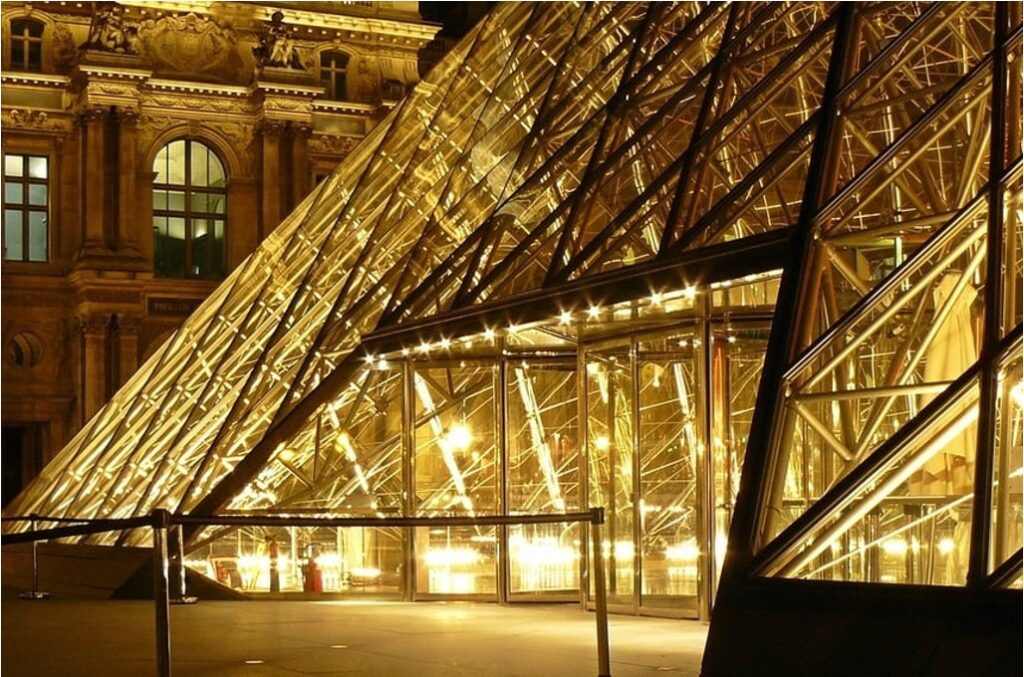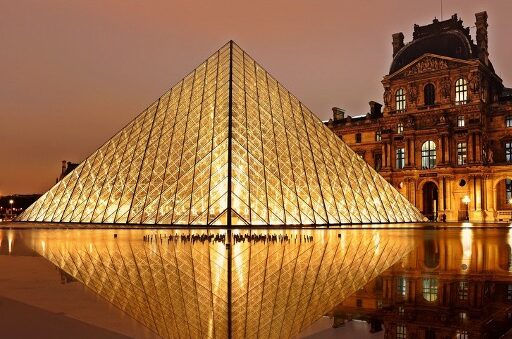LOUVRE MUSEUM TICKETS
Discover the collection of the museum with direct access
- Skip the line
- Duration 4 hours
- Audio guide; ENG, SPA, FRA, DEU, POR, ITA, RUS, JPN, ZHO
- Guided Tour
- Minimum age +18
- The voucher is accepted on the mobile
- Wheelchair accessible
- Discount for children under 18 years old
Louvre Museum tickets
Louvre: Art's eternity in a palace of grandeur.
International prestige
Explore a global marvel of art and history!
+ 8.5 million visitors per year
Enjoy a unique museum in the world
The Louvre Museum is located in Paris, France. It is one of the most important and visited museums in the world, as well as a symbol of universal culture, with more than 7 million visitors a year. It houses more than 480,000 works, organized in the following main departments:
Egyptian Antiquities
One of the most complete collections outside Egypt, ranging from 4000 BC to the fourth century AD. Highlights include pieces such as the Seated Scribe, the Great Sphinx of Tanis and the Statue of Ramses II.
Near Eastern Antiquities
Includes artifacts from ancient civilizations such as Mesopotamia and Persia, including the Code of Hammurabi, Assyrian reliefs and monumental sculptures from the palaces of Nimrud.
Greek, Etruscan and Roman Antiquities
Iconic works such as the Venus de Milo, the Victory of Samothrace and imperial busts showcase the classical splendor of the ancient Mediterranean.
Islamic Art
A collection ranging from Spain to India, with objects from the 7th to the 19th century: ceramics, calligraphy, textiles, and pieces in ivory and metal. Highlights include the Pyx of al-Muguira and the Baptistery of St. Louis.
Paintings
With more than 7,500 works, it includes paintings by masters such as Leonardo da Vinci, Rembrandt and Delacroix. The Mona Lisa is one of the most visited pieces. Other highlights include Jan van Eyck’s The Madonna of Chancellor Rolin and Eugène Delacroix’s Liberty Leading the People.
Sculptures
Covers works from the Middle Ages to the 19th century. It includes pieces such as Michelangelo’s Rebel Slave and the Diana of Versailles.
Decorative Arts
Offers a collection of objects from the Middle Ages to the 19th century, including furniture, ceramics and jewelry, highlighting the porcelain of Sèvres and the Gallery of Apollo, which houses the French crown jewels.
Drawings and Prints
Contains a vast collection of works on paper, from Renaissance sketches to modern prints, showing the evolution of graphic techniques. It includes drawings by Raphael, Michelangelo, Rembrandt and French artists such as Ingres.
The Museum opens at 9.00 am to 6.00 pm: Monday, Thursday, Saturday and Sunday
The Museum opens at 9.00 am to 9.00 pm: Wednesday and Friday
The Museum CLOSED: Tuesday
Last entry: 1 hour before closing
Clearing of rooms: 30 minutes before closing
Public holidays: the Louvre is closed on 1 January, 1 May and 25 December. It remains open on all other public holidays unless they fall on a Tuesday, the museum’s day of closure.
The Cour Carrée closes at 11pm.
The Cour Carrée will be closed from 7 April to 25 June 2025.
Dear visitor, welcome to the Parco archeologico del Colosseo.
RULES AND RESTRICTIONS FOR SAFETY, CONSERVATION, AND DECORUM
It is strictly forbidden to:
– write on the walls or on the artefacts
– damage or remove archaeological material
– light fires
WHOEVER WRITES ON THE WALL DAMAGES DESTROYS DISPERSES DETERIORATES ARCHAEOLOGICAL AND MONUMENTAL ASSETS IN THE ARCHAEOLOGICAL PARK SHALL BE PUNISHED BY IMPRISONMENT OF 2 TO 5 YEARS AND A FINE RANGING FROM EUR 2.500 TO EUR 15.000 (art. 518 duodecies of the Penal code)
RULES OF CONDUCT
Following the natural boundaries of the ancient Palatine, Velian and Oppian Hills, and including the valley of the Forum and the Colosseum, the Parco covers a vast archaeological area which is mostly situated on uneven terrain. Many areas are accessible via historic walking paths which are often rocky, uneven and which include ancient steps that are not always level. Furthermore, the Flavian Amphitheater contains some very steep steps and paths which are at times rough and uneven.
During your visit, you are kindly requested to pay careful attention to your footing along walking paths and to observe the following rules.
- Areas closed to the public are off-limits to visitors
- No walking or loitering outside of marked walking paths
- No leaning over railings or banisters
- No running
- Appropriate footwear is advised (high heels and flip-flops are not recommended)
- Children must be supervised and held by the hand at all times
- Clothing appropriate to the formal setting of the site is required, prohibiting ceremonial dresses, masks, period costumes and any other fancy dress undignified for such places
- Visitors are asked to respect designated walking paths
- Please pay attention to the pavement along walking paths at all times
- Visitors may only follow walking paths open to the public
- Visitors are advised to exercise caution on uneven steps
- Visitors shall assume full responsability regarding choice to access those area with more difficult footing (inclined footpaths, stairways with particularly steep steps). PArCo administration therefore accepts no liability in the event of accidents or injuries.
Its history begins in 1190 as a fortress built by King Philip Augustus. It was later transformed into a royal residence in the 16th century under Francis I. In 1793, during the French Revolution, it was inaugurated as a public museum. Since then, it has undergone several expansions and renovations, including the addition of the iconic Crystal Pyramid in 1989, designed by Ieoh Ming Pei.
The Louvre began its existence in the 12th century as a fortress built by King Philip Augustus to protect Paris from invasion. This defensive structure was located at the western end of the city and served as a strategic lookout point.
During the reign of Charles V in the 14th century, the fortress was transformed into a royal residence. Later, in the 16th century, King Francis I initiated a series of renovations that continued under Henry IV and Louis XIII, converting the building into a Renaissance palace. These renovations reflected the monarchs’ desire to establish a residence in keeping with the splendor of the French monarchy.
The idea of converting the Louvre into a museum arose in the 18th century. Louis XVI planned the transformation of the palace into a public museum, and during the French Revolution, in 1793, the
Louvre Museum was officially inaugurated, exhibiting works confiscated from the Church and the nobility.
Throughout the 19th and 20th centuries, the Louvre underwent several extensions and renovations. One of the most significant was the construction of the Glass Pyramid in the Cour Napoléon, designed by the architect I.M. Pei and inaugurated in 1989. This modern structure serves as the main entrance and symbolises the fusion of the ancient and the contemporary.
